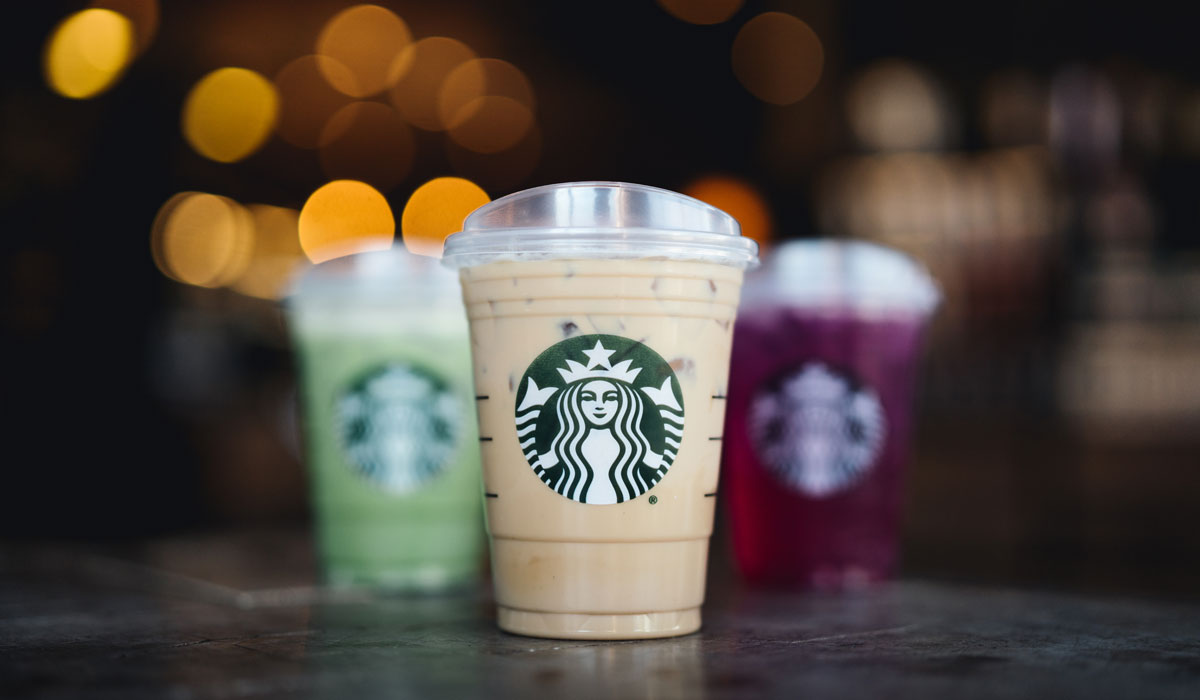Starbucks announced Tuesday that more than 85 percent of its U.S. company-owned stores will have reopened by the end of the week and that it expects more than 90 percent to be open by early June.
The chain runs about 9,000 corporate units domestically, with licensees overseeing another 6,000.
CEO Kevin Johnson said the reopening approach is derived from the brand’s experience in China where more than 98 percent of units are open and operating under restrictions. The chain had closed more than half of its 4,300 restaurants in China at one point.
“We have adapted these protocols for the U.S. and our goal is to exceed the standards outlined by the Centers for Disease Control and Prevention for a safe experience, including heightened emphasis on cleaning and sanitizing protocols in our stores,” Johnson said in a letter.
Service has expanded from drive-thru to mobile ordering for contactless pickup, delivery, and in some units, curbside and grab-and-go through the café. Before COVID-19, more than 80 percent of orders were to-go.
THE STARBUCKS RESPONSE SO FAR
The pivot to off-premises begins
A two-week dining-room shutdown goes into effect for Starbucks
Closures extend into at least May
Starbucks to provide direct relief grants to employees
Starbucks provides sales update, says it began preparations in February
A look at why May makes sense for Starbucks to reopen
COVID-19 has cost Starbucks $915 million so far
STAY UP TO DATE WITH OUR CORONAVIRUS LANDING PAGE
Almost 20 million customers are using the Starbucks app, which facilitates optimized curbside pickup, entryway handoff, improved drive-thru experiences, voice ordering through Siri, and the ability to earn stars that can be redeemed for rewards. The coffee chain anticipates that contactless payment through the app will be the most-used form of payment going forward.
Johnson also noted that Starbucks is “doubling down” on its artificial intelligence initiative. One of the solutions helps leadership make accurate, data-driven decisions related to store reopenings.
The company extended “Service Pay”—an additional $3 per hour for working employees—through the end of May. It’s also lengthening the expansion of its “Catastrophe Pay” for those who’ve been diagnosed or exposed to COVID-19, employees at closed stores, and parents with childcare challenges. However, once stores reopen, Starbucks won’t offer Catastrophe Pay to employees unwilling to work after May 3. Both Service Pay and Catastrophe Pay will be phased out in June as stores return to normal.
Starbucks’ Q2 same-store sales declined 3 percent year-over-year after seeing growth of 8 percent in the first 10 weeks of the quarter. The brand believes negative financial impacts will be more severe in Q3 and extend into Q4. At the end of Q2, Starbucks had about $2.5 billion of cash and cash equivalents on its balance sheet.
“Starbucks is proud to be an active participant in tens of thousands of communities battling this crisis and working toward a time of healing,” Johnson said. “After seven weeks of sheltering at home in the U.S., we have embraced an approach of monitoring, rapidly adapting to, and even shaping, the ‘now normal.’”







